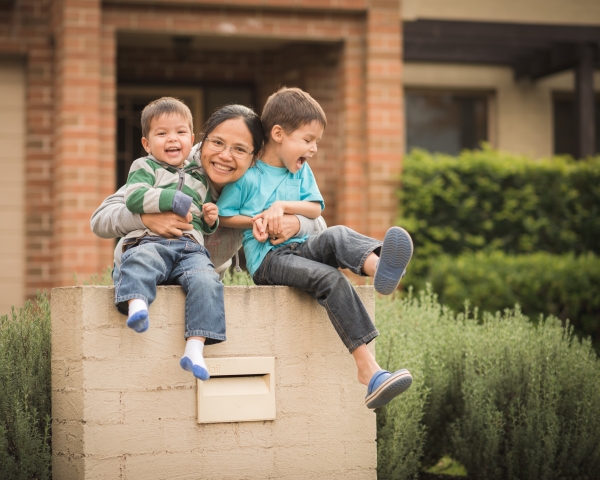
Common financial advice recommends spending less than 30% of your income on housing costs, including rent or mortgage costs, utilities, and repairs. Until I started working at the Foundation, I spent nearly two-thirds of my income on rent and accrued a lot of debt in the process. Of course, I was in graduate school and was holding out hope that my two master’s degrees would give me a salary to pay off the debt I accrued in that time and shrink the percentage of my income going to housing moving forward. This is not the case for most people spending that much on housing.
HUD (The U.S. Department of Housing and Urban Development) defines those with “worst-case housing needs” as renters with incomes below half the local median, don’t have housing assistance, and pay more than 50% of the income for rent or live in severely substandard housing. From 2001 to 2018, the number of people living in these conditions has risen by 66%, but the number receiving aid has barely grown at all.
In 2018, a federal budget was passed that would severely cut housing assistance programs for individuals and families. It included canceling Housing Choice Vouchers — a federal government subsidy for individual or family-selected housing — for 200,000 low-income households, cutting public housing funding almost in half compared to 2017, and eliminating several partnership and block grant programs. In addition to these cuts, the government shutdown that our country is experiencing right now is creating a compounding effect as thousands of Americans receiving HUD assistance are at risk of losing their housing once the previously allocated funds are used.
So why does this matter? There are many overlapping circles in the Venn Diagram of contributors to poverty and housing is just one of them. It’s not as clean-cut an issue as many would like to imagine.
- Systemic racial oppression is another contributing factor as Black unemployment rates are nearly twice that of white unemployment rates in the U.S, 6.5% as compared to 3.4%. This means Black individuals are more likely to not have an income that supports their needs, including housing.
- If families are spending more money on housing, they have less money for nutritional food and healthcare, creating poor overall health and increasing risk factors for future illness.
- If families lack stable housing, the likelihood of obtaining or maintaining sustainable employment creates additional barriers to funding for their families.
Each of these barriers also creates emotional and physical stress, affecting personal and professional outcomes. Having access to a stable home is vital to secure refuge where people can address their individual and family needs.
This is one reason why the Foundation chooses to support nonprofit partners working to alleviate poverty through our Community Development focus. In the last five years of this grant program, 21% of grants have been directed to housing-related initiatives and 38% of the population served by all grantees identify as low-income or homeless.
Our contribution can only make up a small percentage of the $6 billion cut to HUD funding, but that is what fuels our work in this field. We recently completed our fifth year of this program and evaluated our impact and any gaps in this work, so that we can ensure our grantmaking, advocacy, and learning is where it needs to be so that we are serving the greatest need. We look forward to engaging more community and resident partners in the field of public housing initiatives to creatively address the needs of low-income individuals in the Triangle and create a lasting impact — because the only way we can create long-term solutions is by working together.
Contributing writer Julia Da Silva, is Triangle Community Foundation’s Programs and Scholarships Associate.
